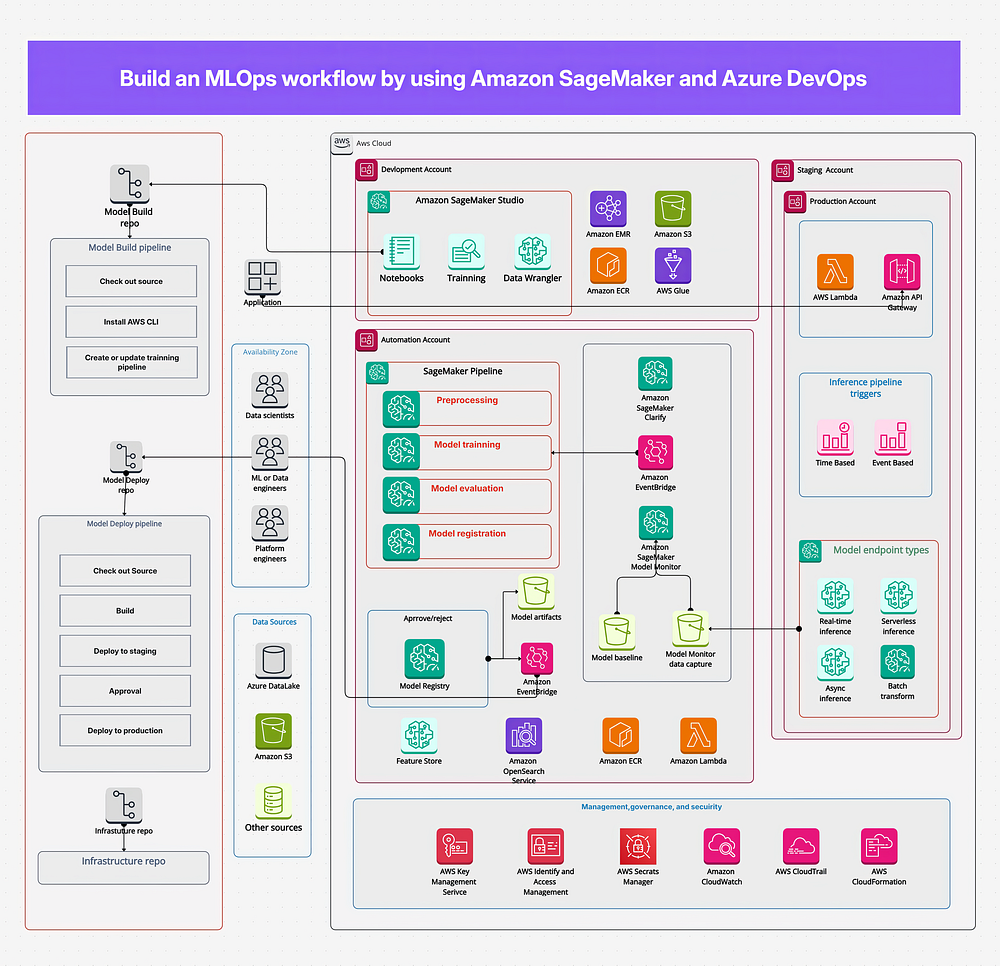Introduction to Bayesian Networks
Bayesian networks are a powerful tool used to predict outcomes and make decisions based on data. They can be applied to various fields, including supply chain management, credit scoring, fault diagnosis, demand forecasting, and patient monitoring. In this article, we will explore how Bayesian networks work and how they can be used in practice.
What are Bayesian Networks?
A Bayesian network is a statistical model that represents relationships between variables. It is a graph that consists of nodes, which represent variables, and edges, which represent the relationships between these variables. Bayesian networks can be used to estimate the probability of an event occurring based on the values of other variables.
Static Bayesian Networks
Static Bayesian networks are used to model relationships between variables at a single point in time. They are useful for making predictions based on current data. For example, a supply-chain manager can use a static Bayesian network to predict equipment failures based on factors such as machine age, maintenance history, and operating temperature. This can help to identify potential problems before they occur.
Dynamic Bayesian Networks
Dynamic Bayesian networks are used to model relationships between variables over time. They are useful for forecasting how conditions will change in the future. For example, a dynamic Bayesian network can be used to forecast demand for a product based on factors such as seasonality, trends, and external events. This can help businesses to make informed decisions about production and inventory.
How to Build and Use Bayesian Networks
Building and using Bayesian networks involves several steps. First, you need to define the variables and their relationships. Then, you need to specify the probability distributions for each variable. Finally, you can use the network to make predictions and forecasts. There are many software tools available that can help you to build and use Bayesian networks.
Key Concepts
There are several key concepts that you need to understand when working with Bayesian networks. These include:
- Conditional independence: This refers to the idea that the probability of an event occurring depends only on the values of its parent variables.
- Time-slice factorization: This refers to the idea that the probability distribution of a variable at a given time can be factored into the product of the probability distributions of its parent variables at previous times.
Example Applications
Bayesian networks have many practical applications. For example, a hospital triage team can use a static Bayesian network to decide whether a patient is likely to have community-acquired pneumonia based on clinical variables such as age, smoking history, fever, and cough. A dynamic Bayesian network can be used to forecast the risk of equipment failure over time based on factors such as machine age, maintenance history, and operating temperature.
Conclusion
Bayesian networks are a powerful tool for making predictions and forecasts based on data. They can be used in a variety of fields, including supply chain management, credit scoring, fault diagnosis, demand forecasting, and patient monitoring. By understanding how to build and use Bayesian networks, you can make informed decisions and drive business success.
FAQs
- Q: What is a Bayesian network?
A: A Bayesian network is a statistical model that represents relationships between variables. - Q: What is the difference between a static and dynamic Bayesian network?
A: A static Bayesian network models relationships between variables at a single point in time, while a dynamic Bayesian network models relationships between variables over time. - Q: What are some common applications of Bayesian networks?
A: Bayesian networks have many practical applications, including supply chain management, credit scoring, fault diagnosis, demand forecasting, and patient monitoring. - Q: How do I build and use a Bayesian network?
A: Building and using a Bayesian network involves defining the variables and their relationships, specifying the probability distributions for each variable, and using the network to make predictions and forecasts. There are many software tools available that can help you to build and use Bayesian networks.











